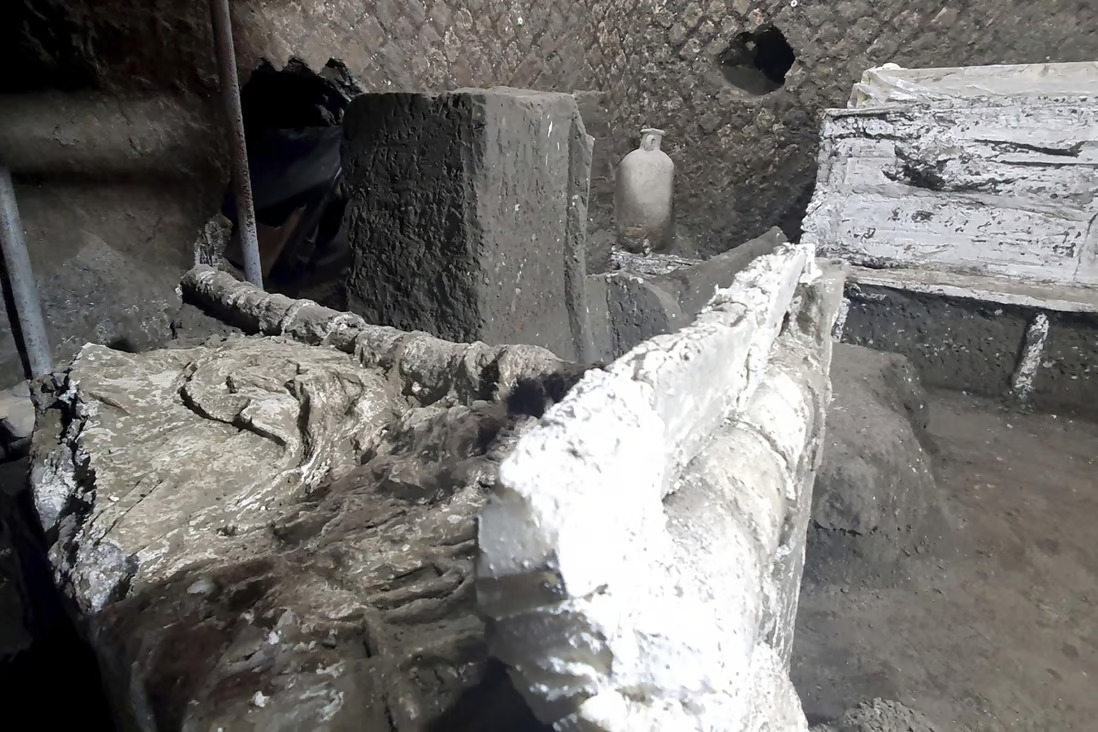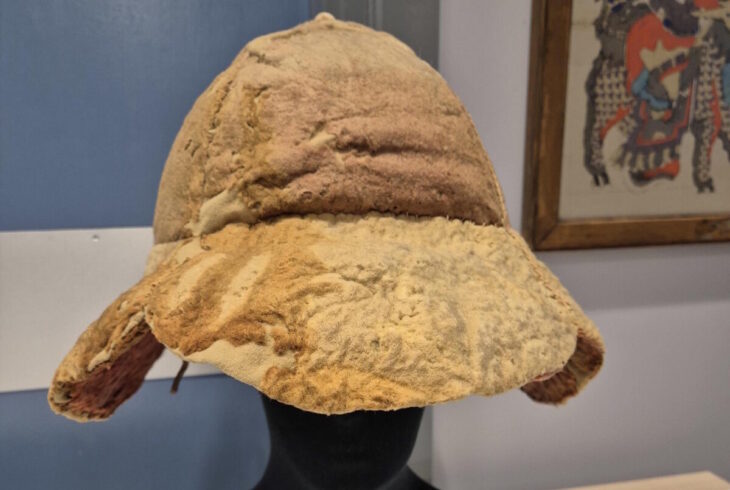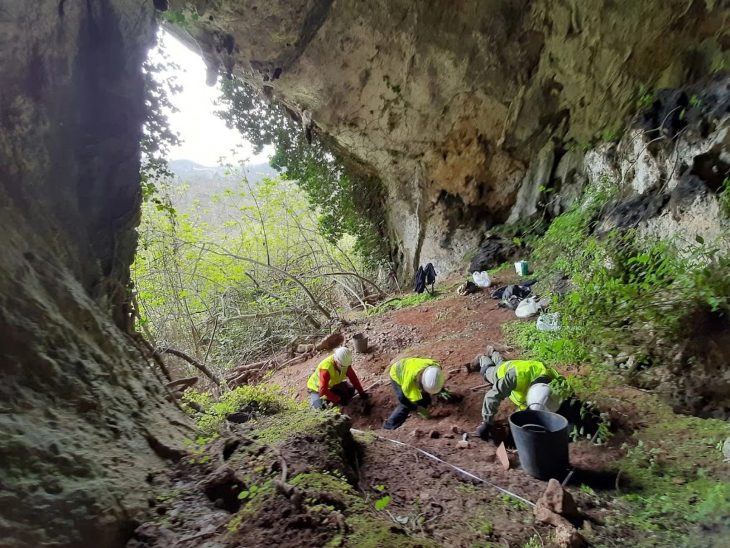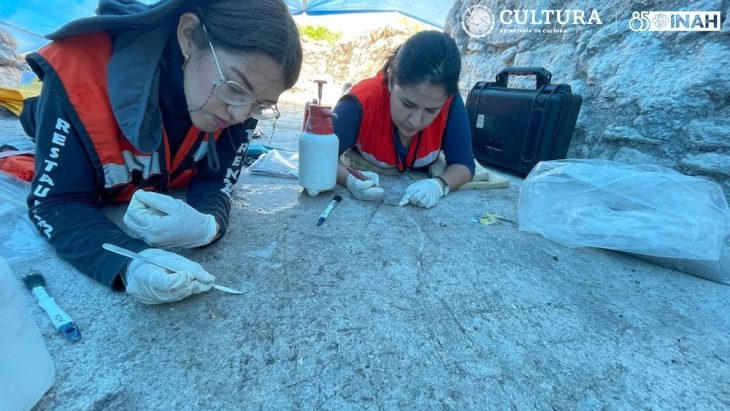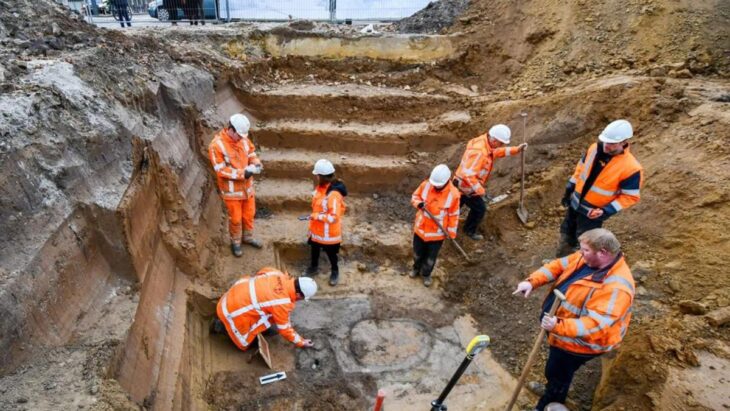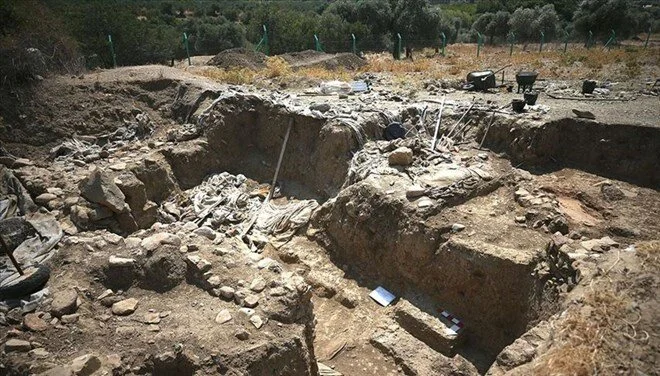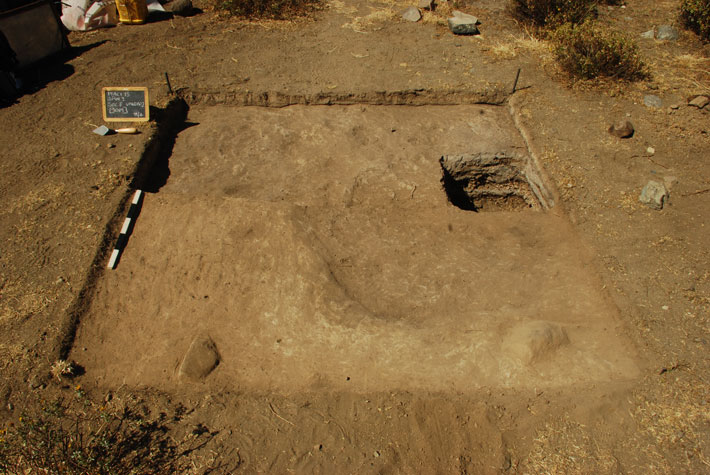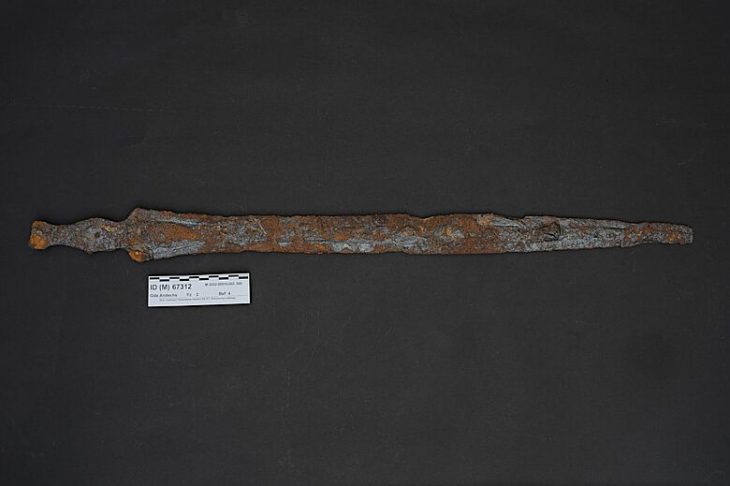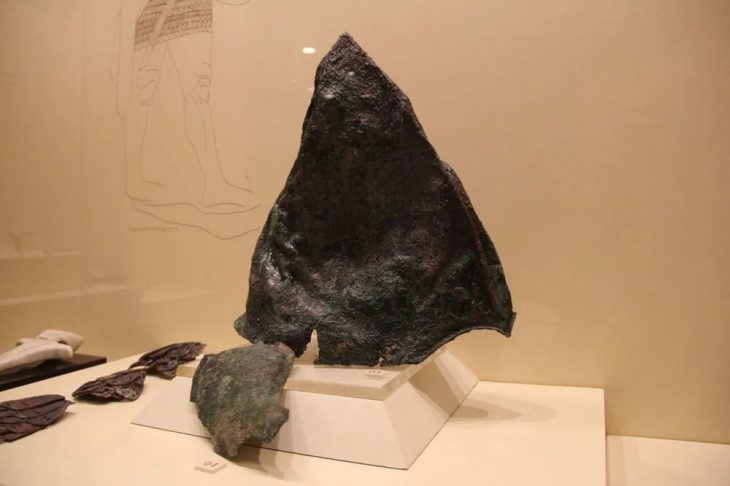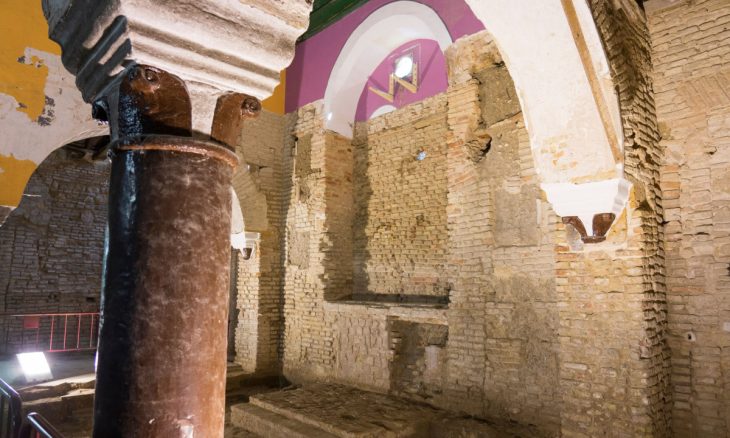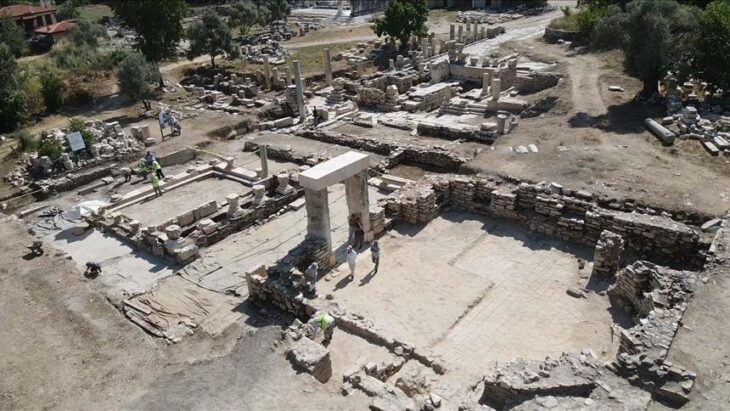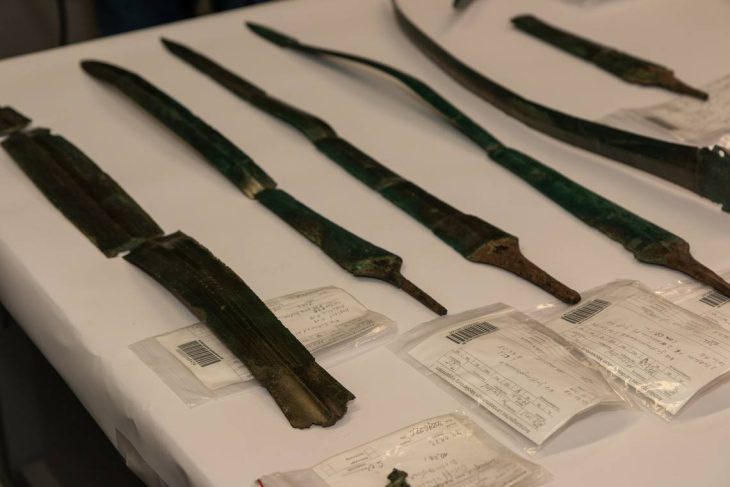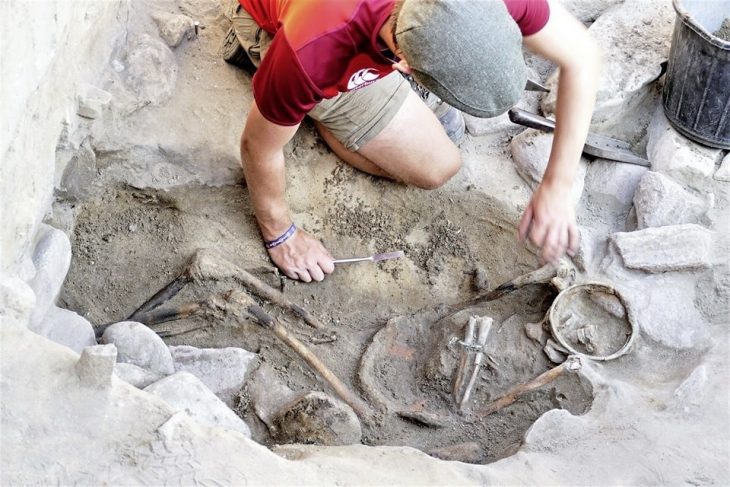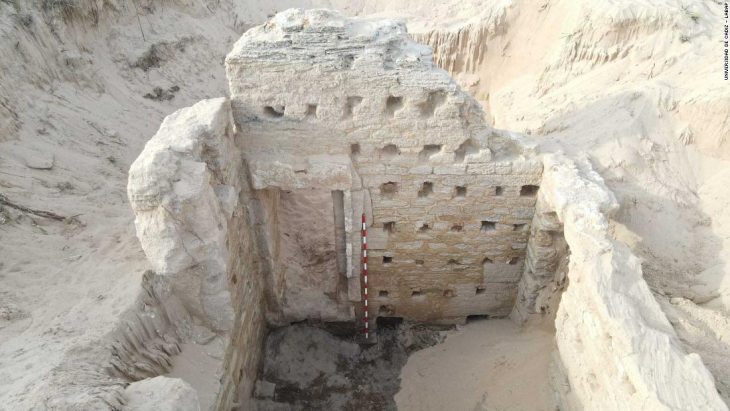Archaeologists have discovered a small bedroom in Civita Giuliana villa near Pompeii that was almost certainly used by slaves, throwing light on their lowly status in the ancient world, Italy’s Culture Ministry said on Sunday.
The room found at the Civita Giuliana villa contained two beds, only one of which had a mattress, two small cabinets, urns, and ceramic containers, in which the remains of two mice and a rat were found.
The room was found at the villa, some 600 meters (2,000 feet) north of the walls of Pompeii, which was wiped out by a volcanic eruption of Mount Vesuvius nearly 2,000 years ago.
“These details once again underline the conditions of precarity and poor hygiene in which the lower echelons of society lived during that time,” the culture ministry said in its statement.
Materials such as furniture and fabric decomposed over time after being covered by the devastating blast of rock fragments, gas, and ash from Vesuvius, leaving a void in the debris. When the plaster is used to fill the void, it reveals the original shape and contours of the long-gone material, including the outline of a crumpled blanket left on the bed netting.
📣 Our WhatsApp channel is now LIVE! Stay up-to-date with the latest news and updates, just click here to follow us on WhatsApp and never miss a thing!!
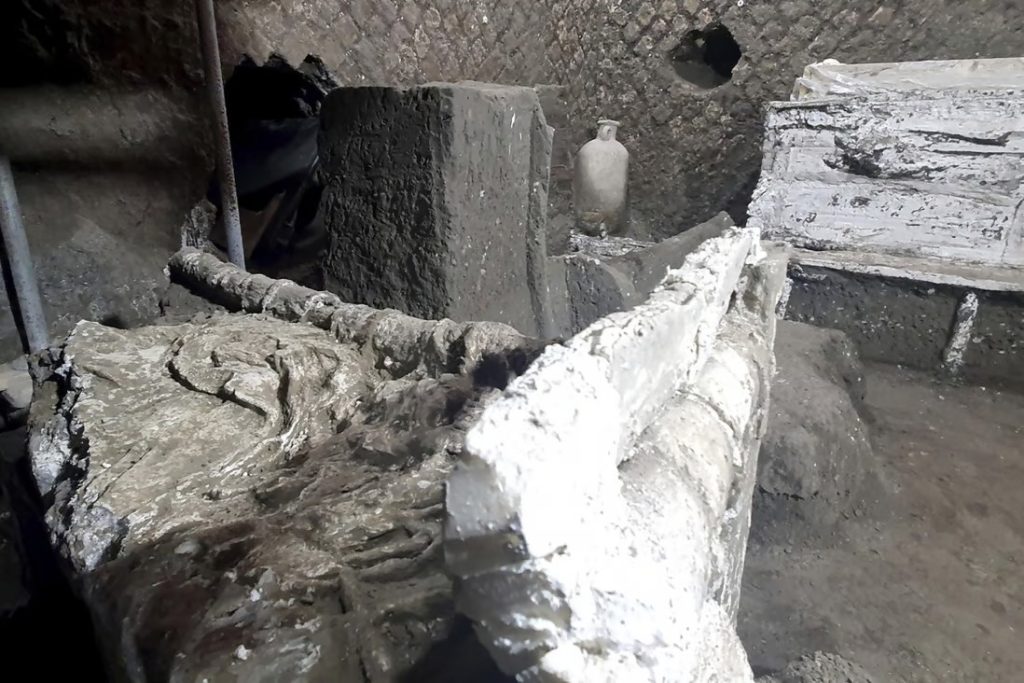
No traces were found of grates, locks, or chains to restrain the room’s inhabitants.
“It seems that control was primarily exerted through the internal organization of servitude, rather than physical barriers and restraints,” said Gabriel Zuchtriegel, the director of the Archaeological Park of Pompeii.
The new room, called “room “A”, is different from the one already known as room “C”, rebuilt in November 2021 in which three cots were positioned and which served at the same time as a closet. What has now emerged suggests a precise hierarchy within the servitude.
While one of the two beds found in recent weeks is of the same invoice, extremely simple and without a mattress, as those of 2021, the other is of a more comfortable and expensive type, known in the bibliography as a “spalliera bed”. Traces of red decorations on two of the backs are still visible in the cinerite. In addition to the two beds, in the recently excavated room there are two small wardrobes, also partially preserved as casts, a series of amphorae and ceramic vases and various tools, including an iron hoe.
The micro-excavation of vases and amphorae from room “C” has in the meantime revealed the presence of at least three rodents: two mice in an amphora and a rat in a jug, positioned under one of the beds and from which it seems that the animal tried to escape when he died in the pyroclastic flow of the eruption. Details that once again underline the conditions of precariousness and hygienic discomfort in which the last of the society of the time lived.
Archaeologists said part of one of the beds had been destroyed by a tunnel used by robbers to access another part of the villa.
Excavations at the Civita Giuliana villa were carried out in 1907-1908, and then again from 2017, when police realized the site was being plundered by illegal diggers.
Cover Photo: Italian Culture Ministry

